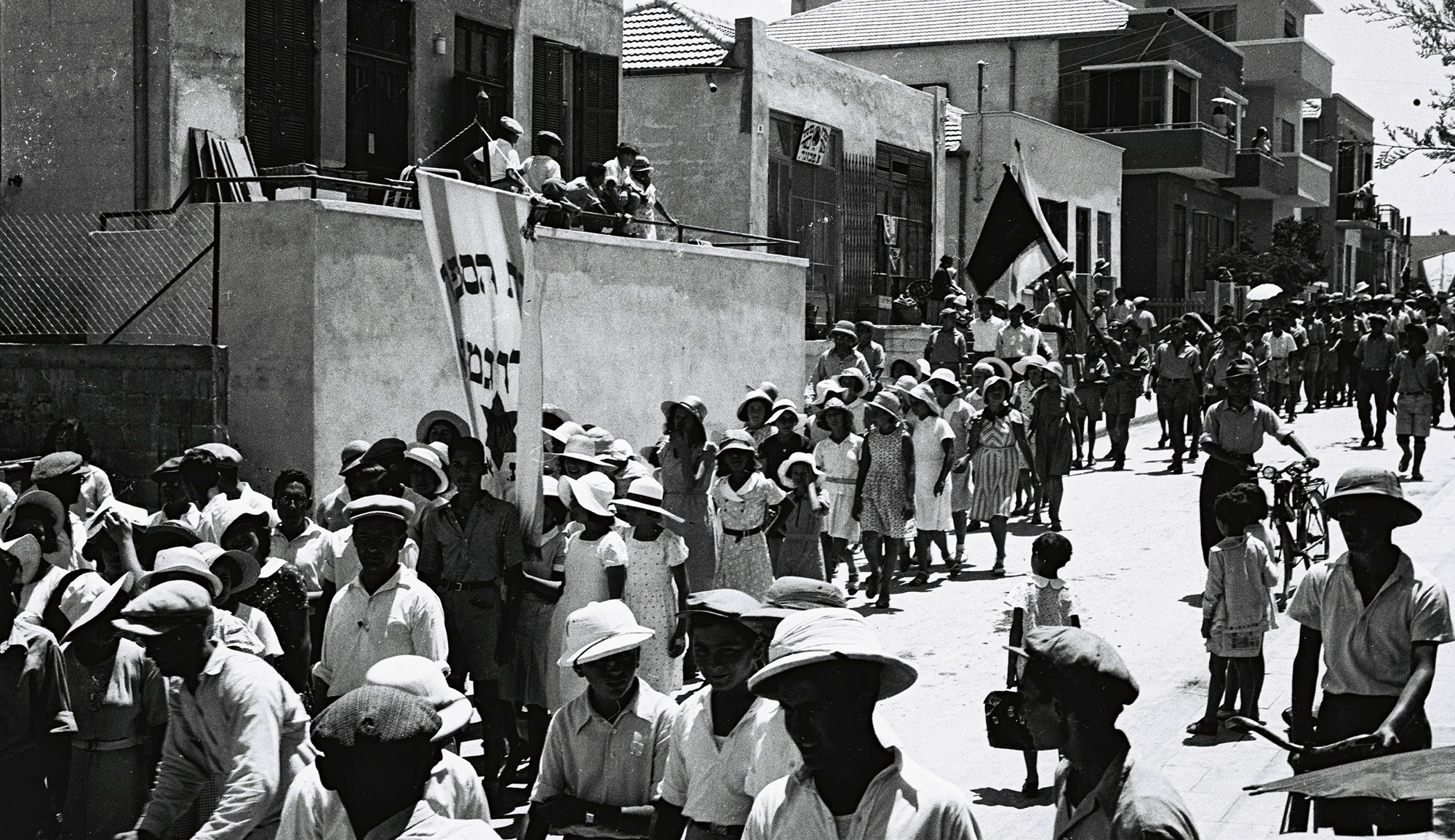One of the main practices of the holiday of Sukkot, which begins at sundown tonight, is dwelling in a sukkah, or booth. Naturally, rabbinic tradition sets forth numerous prescriptions for how a sukkah must be constructed, including minimum and maximum dimensions, for which the unit is a tefaḥ, or handbreadth. In the past century, various rabbinic authorities have argued for conversions from this and other biblical and talmudic measurements into modern units. Some ancient jars may settle this question once and for all:
[T]hree Israeli archaeologists . . . found an astonishing common denominator among storage jars in Israel over a period of 350 years—the inner-rim diameter of the jar’s neck was almost identical. The distribution of this diameter is consistent with measurements of the palm of a male hand and, according to the three, this match is not coincidental. It appears to reflect the use of the original metrics for the biblical measurement of the tefaḥ, a unit of measurement that was used primarily by ancient Israelites and appears frequently in the Bible and is the basis for many Jewish laws.
The team did three-dimensional scans of 307 Iron Age jars found in Khirbet Qeiyafa from the time of the Judaean kingdom in the early 10 century BCE, “hippo” jars found in northern Israel from . . . the 9th century BCE, and royal Judean storage jars from the 8th and 7th centuries BCE.
The researchers observed large variations between the jars-even those from the same time period and geographic region. Only one measurement remained constant—the averaged inner-rim diameter which always measured, with a standard deviation, between 8.85 and 8.97 centimeters [about 3.5 inches]. The distribution of this diameter is statistically identical to the handbreadth of modern man.
More about: Ancient Israel, Archaeology, Halakhah, Hebrew Bible, Sukkot


